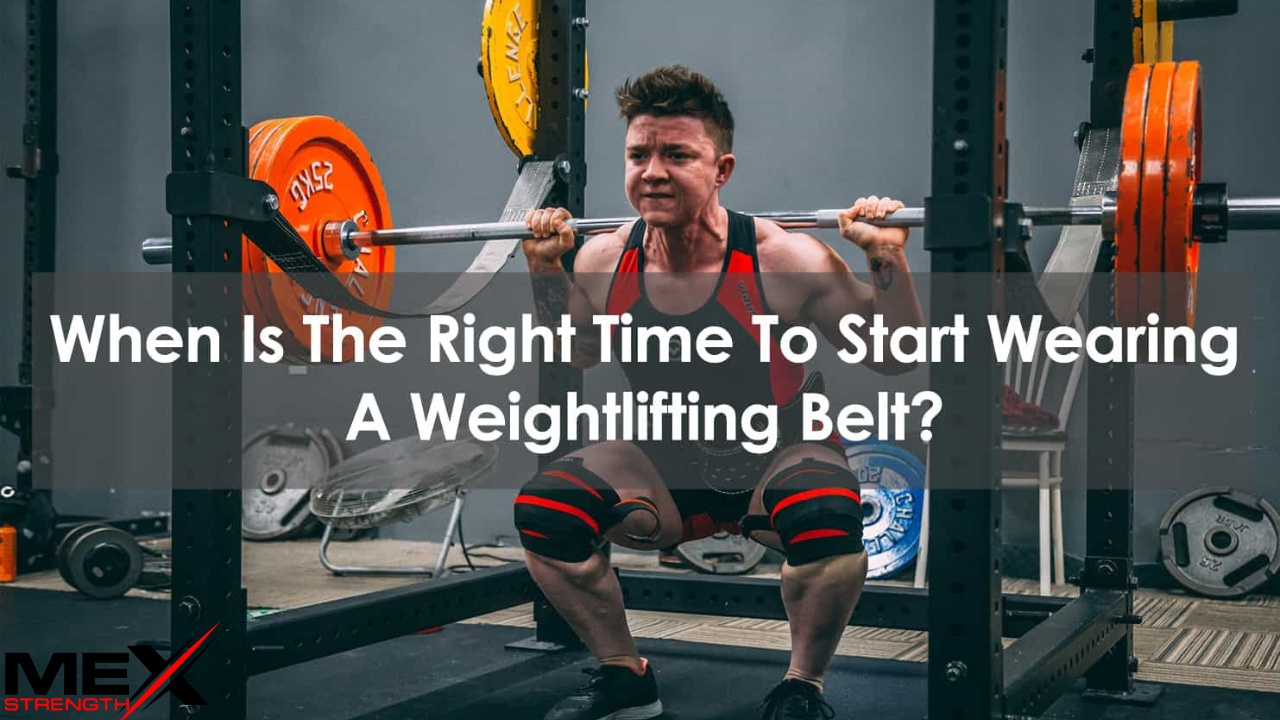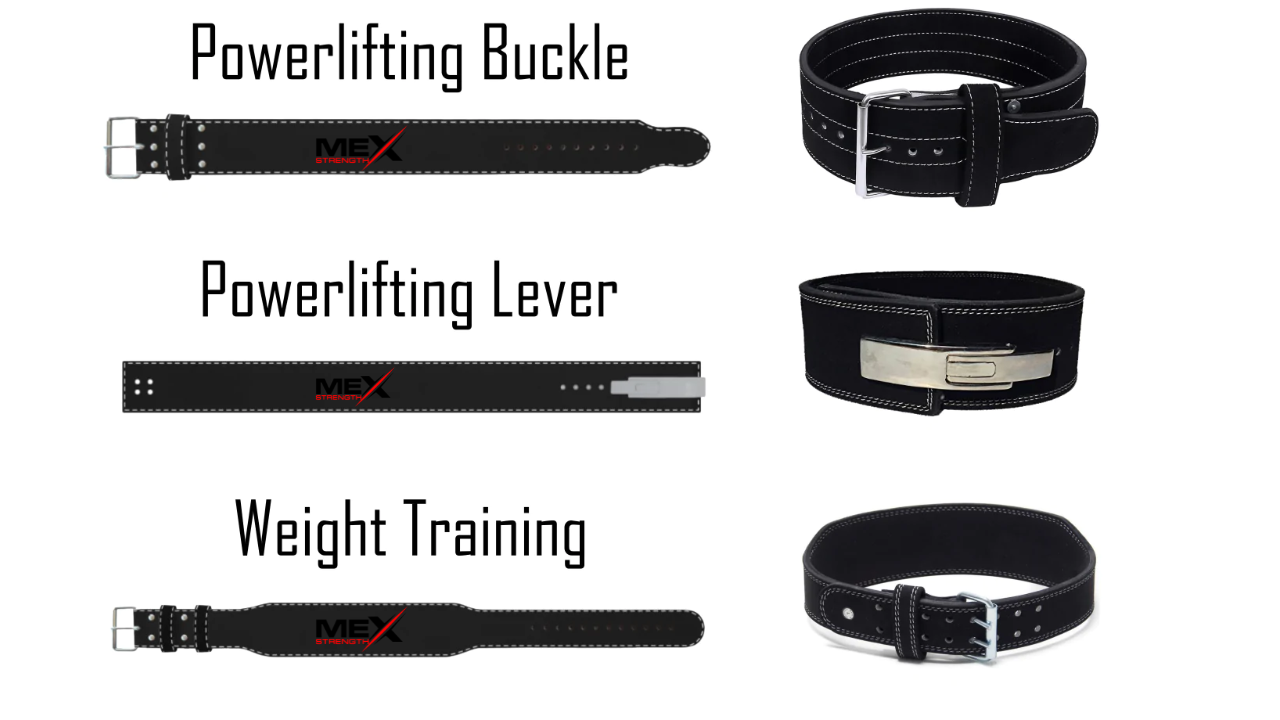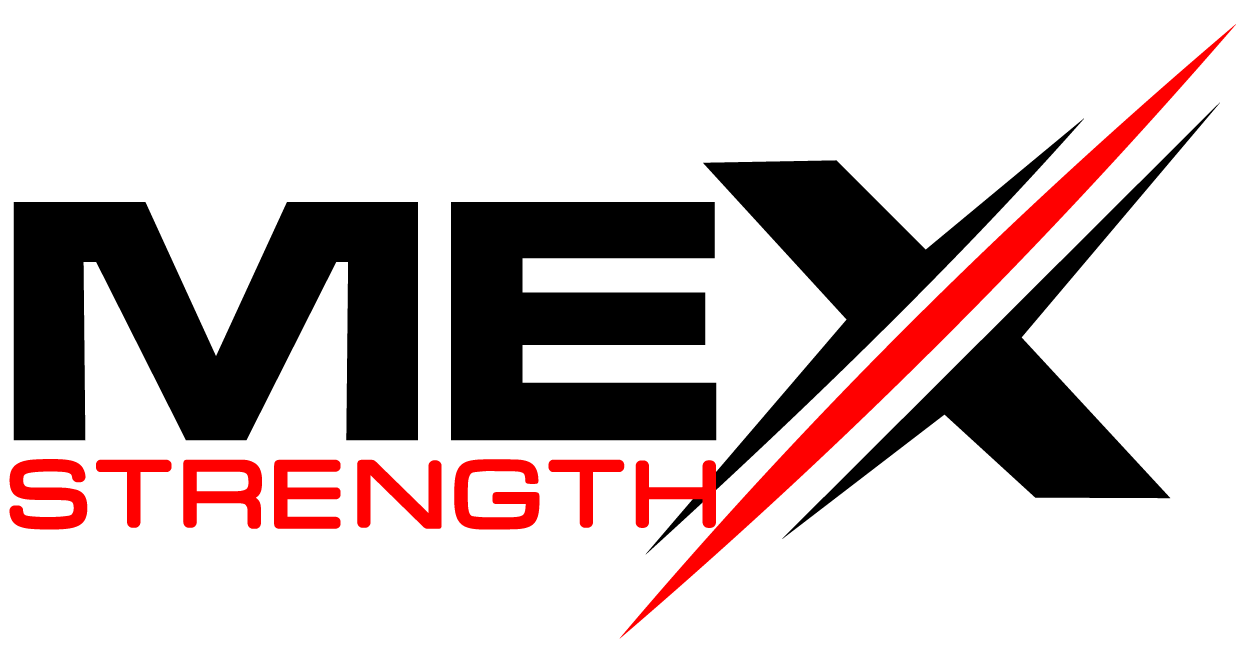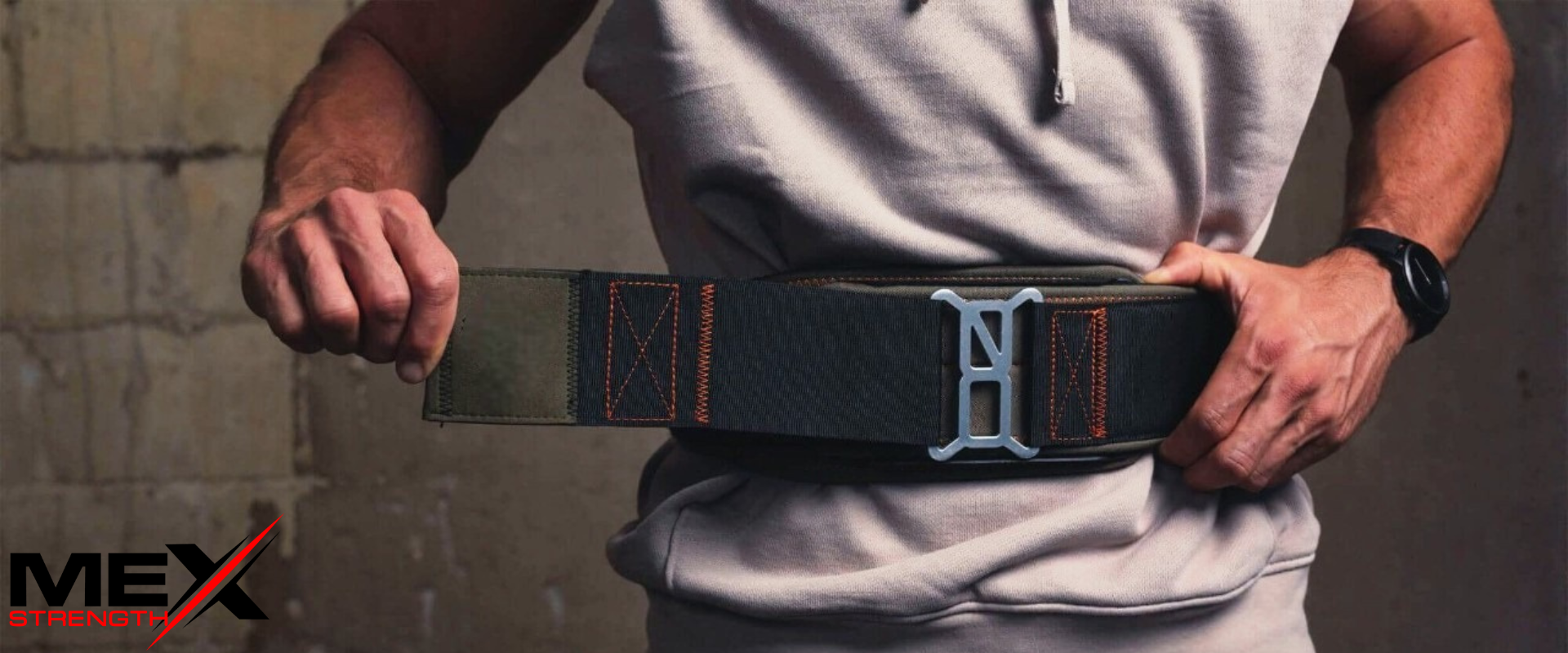A weightlifting belt is an important gym item for weightlifters, bodybuilders, cross-fitters, and other workout athletes. They wore them around their waist to support their lower back during the back, legs, and other heavy lifting exercises.
Weightlifting belts offer significant advantages for athletes seeking to enhance stability during lifts. Regardless of whether they are utilizing barbells or dumbbells, these belts provide a reliable grip on the bar, reducing the risk of injuries and enabling athletes to perform additional repetitions with greater ease.
However, many individuals struggle with determining the appropriate circumstances for employing a weightlifting belt. To address this, this article aims to elucidate the various types of weightlifting belts available, as well as when and how to employ them optimally to maximize their benefits and minimize the risk of injury.
Best Time Wear Weightlifting Belt
The optimal time to utilize a weightlifting belt is at the outset of your lifting routine. If you are a novice in the realm of weightlifting and lack substantial experience with heavy weights, it is crucial to commence with caution and prioritize injury prevention during your workouts.

One effective approach is to employ a weightlifting belt designed for beginners when engaging in exercises that entail the following elements:
During Lifting Heavy Weights
A weightlifting belt is immensely advantageous when performing exercises that involve heavy weights, such as powerlifting or weightlifting exercises. It serves to support the spine, minimizing the risk of injuries during these demanding movements.
Exercises That Stress The Spine
Certain exercises, including deadlifts, squats, and overhead presses, impose substantial stress on the spine. Wearing a weightlifting belt while performing these exercises can significantly enhance support and stability to the spine, thereby reducing the risk of injuries and promoting a safer lifting technique.
Feeling Tired
Maintaining proper form during a workout can be challenging when fatigue sets in. However, wearing a weightlifting belt can offer valuable physical support, helping to sustain a balanced spine position and facilitating a more effective and safer workout session. This can aid in maintaining proper lifting technique, even when fatigue sets in, promoting optimal performance during the workout.
How To Use A Weightlifting Belt
Wear Tightly
When wearing a weightlifting belt, it is important to ensure that it is tightened to the extent that not even a single finger can be inserted between the belt and the body. This tight fit aids in creating a seal and generating increased intra-abdominal pressure. This elevated pressure within the abdominal cavity can enhance core stability and support during heavy lifts, contributing to improved performance and reduced risk of injury.
Supersets Or Heavy Sets
Using weightlifting belts is typically recommended during supersets or the heaviest sets of exercises, rather than for all sets. This strategic utilization can optimize the efficiency of the belt, providing additional support and stability when it is most needed during the most demanding portions of the workout. This approach allows for the most effective use of the weightlifting belt, while still promoting the development of core strength and stability during other sets without relying solely on the belt for support.
Don’t Rely On The Belt.
It is crucial to not overly rely on a weightlifting belt, as it is important to maintain strength and stability during exercise. The belt should serve as an aid rather than a crutch. It can be used to enhance form and technique by providing a physical cue to maintain a neutral spine position during lifting. However, it is essential to continue developing core strength and stability without solely depending on the belt for support. Proper training and technique should always remain a priority, with the belt serving as a supplementary tool to assist in maintaining optimal form.
Additionally, It’s important to understand the proper purpose of weightlifting. The belt helps to increase intra-abdominal pressure (IAP) during lifting, which can provide heavy support to the spine.
Tip: If you find yourself performing more repetitions than usual or engaging in movements that exert significant pressure on your spine, it is advisable to wear a weightlifting belt as a precautionary measure. This can provide additional support to your spine and help mitigate the risk of injuries during high-rep sets or exercises that place substantial strain on the back. Prioritizing safety and using a weightlifting belt when needed can aid in maintaining proper form and protecting your spine during intense training sessions.
Types Of Weightlifting Belts

Weightlifting belts come in various types, catering to different lifting needs. Some belts are specifically designed for individuals who lift heavy weights, while others are tailored for those who lift lighter loads. The type of belt you choose should align with your specific lifting goals, training level, and the type of exercises you perform.It’s crucial to select a weightlifting belt that suits your lifting requirements and provides the appropriate level of support for your training regimen to maximize its benefits and enhance your performance while minimizing the risk of injury.
Here The Most Common Types Include :
- Leather Belts: Highly recommended by weightlifters and coaches, leather belts are known for their effectiveness in lifting heavy weights and reducing muscle fatigue.
- Nylon Belts: Nylon belts are known for their comfort and versatility in providing support during various types of weightlifting exercises.
- Velcro Belts: Important for serious weightlifters, Velcro belts offer extra protection against back injuries and provide additional stability during lifts.
- Lever Belts: Lever belts are designed to hold the barbell securely during workouts, allowing lifters to exert more force while maintaining a comfortable grip on the bar.
- Dip Belts: These belts are specifically designed to reduce fatigue and accelerate muscle recovery, enabling effective weightlifting and helping to prevent injuries.
Choosing the right type of weightlifting belt that aligns with your specific needs and preferences can greatly enhance your lifting performance while providing the necessary support and protection for a safe and effective workout.
Summary
Weightlifting belts are essential tools for weightlifters, bodybuilders, and athletes alike. They provide valuable support during heavy lifting and can be particularly beneficial when dealing with substantial weights or experiencing fatigue during exercises that place stress on the spine. However, it’s crucial to note that weightlifting belts come in various types, and selecting the appropriate belt for proper form and technique is vital for optimal results. By choosing the right type of weightlifting belt, you can enhance your lifting performance, maintain proper form, and minimize the risk of injuries.
If you have decided to buy a weightlifting belt, check out our latest collection on our website.


